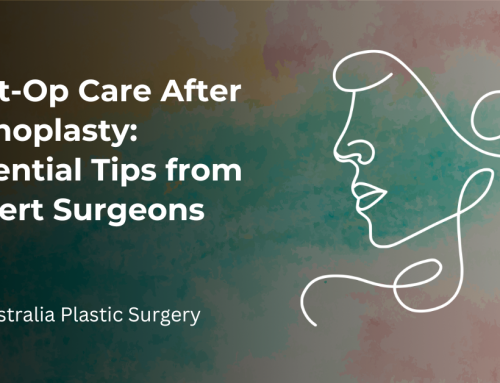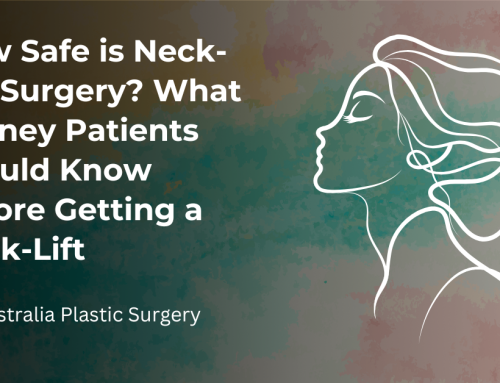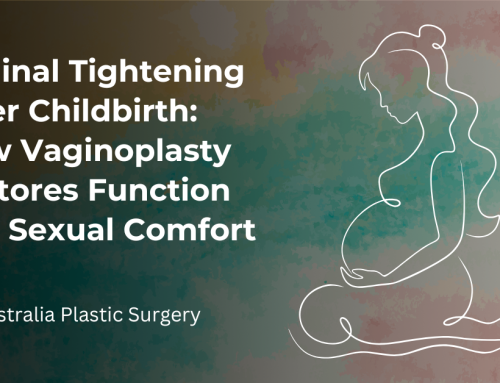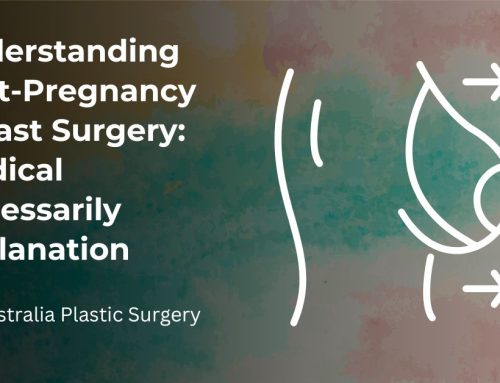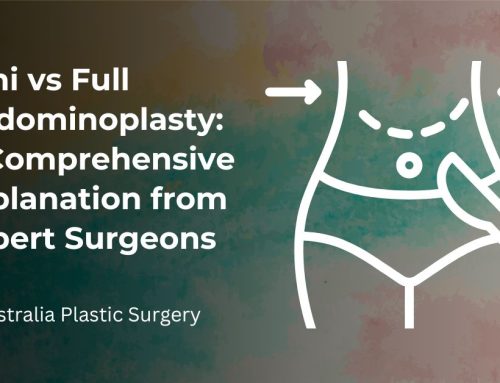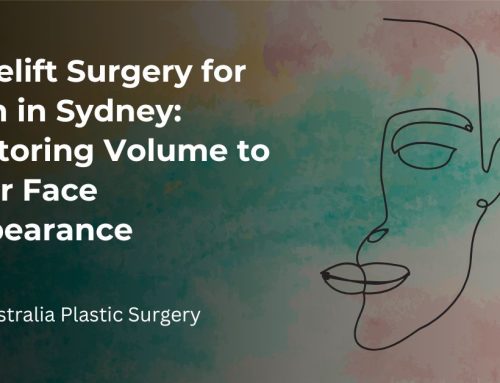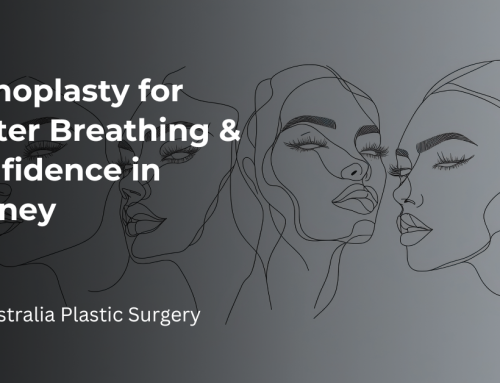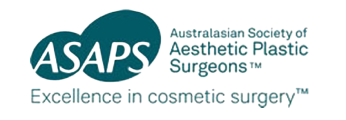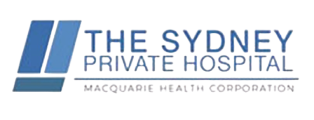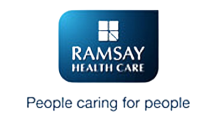Eyelid surgery, also known as blepharoplasty, is a surgical procedure that can address both cosmetic concerns and medical issues related to the eyelids. While many people consider eyelid surgery purely for aesthetic reasons, there are numerous situations where it becomes a medically necessary procedure. In these cases, the surgery is essential to restore proper function and improve quality of life. Australia Plastic Surgery is one of the leading clinics offering eyelid surgery in Sydney, providing both functional and cosmetic solutions to patients. This article will explore the reasons eyelid surgery may be medically necessary and the services offered by Australia Plastic Surgery.
What is Eyelid Surgery (Blepharoplasty)?
Eyelid surgery, or blepharoplasty, involves the removal or repositioning of excess skin, fat, or muscle around the eyelids. It can be performed on the upper eyelids, lower eyelids, or both, depending on the patient’s needs.
While cosmetic blepharoplasty is typically sought by individuals looking to reduce the appearance of ageing or tired eyes, medically necessary blepharoplasty is performed when eyelid conditions impact vision or cause significant discomfort. Medical conditions requiring eyelid surgery can include drooping eyelids, excessive skin causing visual obstruction, or eyelid malfunctions that lead to irritation or dryness.
Why is Eyelid Surgery Medically Necessary?
Eyelid surgery becomes medically necessary when eyelid conditions impair vision, cause discomfort, or interfere with daily activities. Below are several common conditions where eyelid surgery is required:
1. Ptosis (Drooping Eyelids)
Ptosis occurs when the upper eyelid droops over the eye, obstructing vision. In some cases, the drooping is so severe that it affects the patient’s ability to see clearly, especially in the upper peripheral vision. This condition can be caused by ageing, nerve damage, or muscle issues.
Surgical Solution: Eyelid surgery is performed to lift the drooping eyelid, allowing for a clearer line of sight.
2. Excess Skin or Fat Around the Eyelids
As we age, the skin loses its elasticity, leading to sagging skin around the eyes. Excess skin on the upper eyelid can fold over and obstruct vision, while puffiness and bags under the eyes can create an unwanted appearance.
Surgical Solution: Eyelid surgery can remove or reposition excess skin and fat, restoring both functionality and aesthetic appearance.
3. Ectropion (Outward Turning of the Eyelid)
Ectropion occurs when the lower eyelid turns outward, exposing the inner surface of the eyelid. This condition can lead to dryness, irritation, and a constant sensation of discomfort in the eye.
Surgical Solution: Surgery to correct ectropion helps the eyelid return to its proper position, improving comfort and protecting the eye from further irritation.
4. Entropion (Inward Turning of the Eyelid)
In entropion, the lower eyelid turns inward, causing the eyelashes to rub against the surface of the eye. This can lead to painful irritation, redness, and potentially damage the cornea.
Surgical Solution: Surgery is performed to correct the inward turning of the eyelid, preventing damage to the eye and providing relief from irritation.
5. Vision Impairment Due to Eyelid Dysfunction
When eyelid conditions like sagging skin or muscle weakness cause functional vision loss, surgery may be necessary. If the eyelids obstruct the field of vision, it can severely impact daily activities.
Surgical Solution: Eyelid surgery restores proper eyelid function, improving vision and reducing visual obstruction.
6. Chronic Dry Eye or Eye Irritation
Some conditions, such as ectropion, cause the eyelids to fail to close properly. This leads to dry eyes, irritation, and an increased risk of eye infections.
Surgical Solution: Eyelid surgery can improve the ability of the eyelid to close, alleviating dry eye symptoms and preventing corneal damage.
7. Post-Trauma or Surgery
Eyelid surgery may also be necessary after trauma or surgery around the eye area. Injuries or procedures like cancer treatments can affect eyelid function or appearance, requiring surgical intervention for restoration.
Surgical Solution: Reconstructive eyelid surgery helps to restore the appearance and function of the eyelids after injury or surgery.
Medical Insurance and Eyelid Surgery
For eyelid surgery to be covered by medical insurance, it must be deemed medically necessary. This often requires documentation that the eyelid condition is causing functional impairment, such as vision obstruction, chronic eye irritation, or difficulty performing daily tasks.
Insurance companies typically require a combination of visual field tests, medical history, and a physical examination to confirm the need for surgery. For conditions such as ptosis or excess skin on the eyelids, patients must demonstrate that the eyelid dysfunction affects their quality of life or causes significant vision impairment.
Eyelid Surgery Services at Australia Plastic Surgery
Australia Plastic Surgery offers a wide range of eyelid surgery in Sydney options for both cosmetic and functional purposes. Their team of experienced surgeons provides tailored solutions for patients based on their individual needs.
Types of Eyelid Surgery Offered:
- Upper Eyelid Surgery: Focuses on removing excess skin and fat from the upper eyelids to restore a more youthful and refreshed appearance. This procedure also alleviates any visual obstruction caused by drooping skin.
- Lower Eyelid Surgery: Addresses puffiness or bags under the eyes by removing or repositioning fat, improving both the cosmetic appearance and comfort.
- Functional Eyelid Surgery: For patients who experience vision impairment due to drooping eyelids, this surgery restores eyelid function and improves sight.
Why Choose Australia Plastic Surgery?
- Experienced Surgeons: The surgical team at Australia Plastic Surgery is highly skilled and is composed of Fellows of the Royal Australasian College of Surgeons (FRACS), ensuring a high standard of care.
- Comprehensive Care: From the initial consultation to post-operative support, patients receive thorough and continuous care throughout their journey.
- Personalised Approach: Each procedure is tailored to meet the specific needs and goals of the patient, ensuring optimal results and satisfaction.
- Multiple Locations: With clinics across Australia, including in Sydney, Australia Plastic Surgery is easily accessible for both local and international patients.
How to Get Started with Eyelid Surgery
If you believe you may benefit from eyelid surgery, the first step is to schedule a consultation with an experienced surgeon. During the consultation, your surgeon will assess your medical history, examine your eyelid condition, and discuss your goals for surgery.
Australia Plastic Surgery offers consultations for both cosmetic and medical eyelid procedures. The team will guide you through the process, explaining all the available options and what to expect before, during, and after surgery.
To book a consultation or learn more about Blepharoplasty, visit Australia Plastic Surgery’s website or contact one of their locations.
Conclusion
Eyelid surgery can be a life-changing procedure, addressing both cosmetic concerns and medical issues that affect vision and comfort. Whether you are looking to refresh your appearance or correct a functional issue with your eyelids, Australia Plastic Surgery provides expert care and personalised solutions. If you are experiencing symptoms like drooping eyelids, vision impairment, or chronic eye irritation, eyelid surgery may be the right choice to improve your quality of life.
Booking a Consultation
If you’re considering a Blepharoplasty, scheduling a consultation with a trusted Sydney plastic surgeon at Australia Plastic Surgery is the best first step toward rediscovering your youthful confidence.
Phone: 02 9561 0200 (Sydney area)
Free Call: 1300 004 008 (outside Sydney)
Online Enquiry: Submit your details online here
During your consultation, your surgeon will discuss your medical history, aesthetic goals, and help determine the best procedure for your needs.

